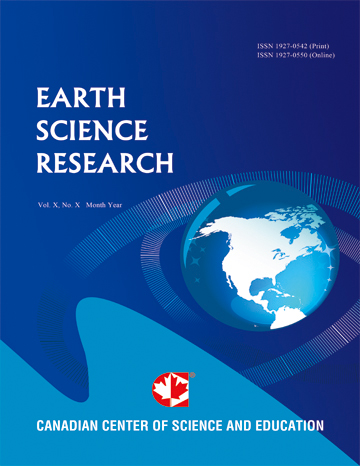Mathematical Model to Predict Conductive Properties of Contaminated Riverbed Sand in Ado-Odo Ota Local Government Area of Ogun State, Nigeria
- Olukayode D. Akinyemi
- Jamiu A. Rabiu
- V. C. Ozebo
- O. A. Idowu
Abstract
The possibility of contamination is especially rising due to the increase in the number of industries in the Local Government Area. In this study, riverbed sands were collected from five major rivers in Ado-Odo Ota Local Government Area, and conductivity properties were determined after the samples have been treated with varying concentration of petrol, engine oil, diesel, caustic soda and H2SO4. HANNAN Electrical Conductivity Meter, KD2 Thermal Conductivity Meter and Constant Head Method were used to determine the electrical, thermal and hydraulic conductivities respectively. A mathematical model was developed that describes the effect of contaminants on the electrical (a), thermal (r) and hydraulic (k) conductivities of riverbed sand from the major rivers in Ado-odo Ota Local Government Area. The model equation incorporates the bulk density of the riverbed sand samples, as well as the concentration and conductivity of the contaminants as follows:r = 0.107x1+ 0.10x2 – 0.017x3 + 1.673, s = 1.911x1 + 18.229x2 – 0.015x3 + 47.173 and k = 0.056x1 + 0.381x2 – 0.031x3 + 0.162, where x1, x2 and x3 are bulk density of samples, conductivity and concentration of contaminants respectively. From interpolation analysis, sample from Ilogbo river contained about 30 ml/kg of engine oil, Mosafejo river contained about 10 ml/kg of caustic soda, Ijako river contained about 20 ml/kg of caustic soda, Iju river contained about 10 ml/kg of diesel and Igbogbo river contained 10 ml/kg of H2SO4, thus showing clearly how waste products from industries end up as contaminants in nearby rivers.
 PDF
PDF
